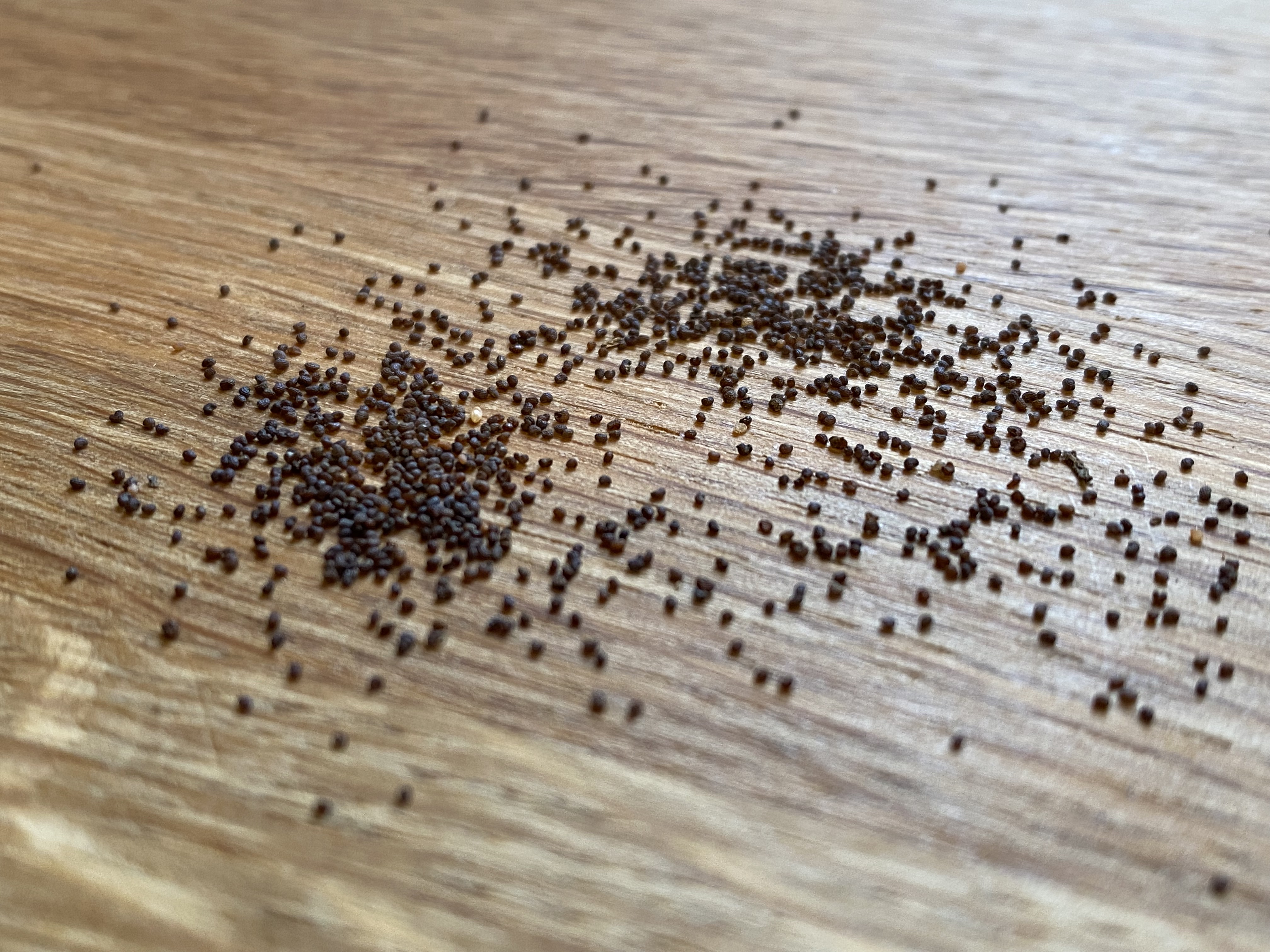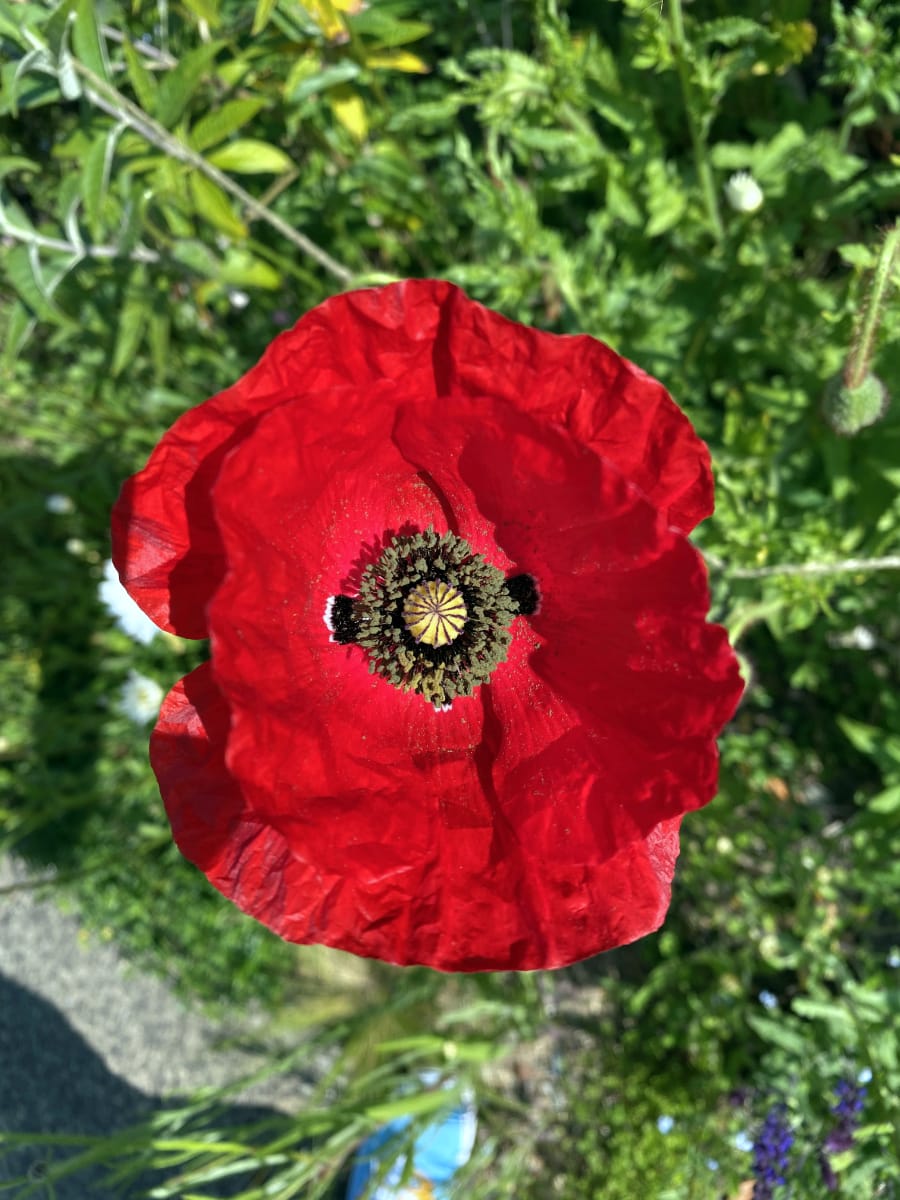Nothing in Basket!




Field Poppy Wildflower Seed | Vibrant Red Blooms for Sunny Gardens
Key Features:
Description:
Bring the iconic beauty of the Field Poppy (Papaver rhoeas) to your garden. These tall, hardy annuals produce vibrant red flowers with distinctive black centres, reminiscent of their stunning displays in cornfields and across the countryside. Loved by bees and other pollinators, they add a splash of colour and life to any sunny space.
Easy to grow in well-drained, fertile soil, Field Poppies offer a long flowering period from May to September. As annuals, they will require reseeding each year to grace your garden with their vibrant presence.
Sowing Information:
Latin Name: Papaver rhoeas
Common Names: Corn Poppy
Position: Full sun
Soil: Well-drained, fertile soil
Sow: March-May or Mid September - October
Flowering Period: May to September
Hardiness: Hardy annual
Height: 20-60cm (approximately)
Growing Tips:
Sow Field Poppy seeds in a sunny location with well-drained, fertile soil. As an annual, it will need to be resown each year to ensure its return.
Getting a vibrant wildflower display is easier than you might think! Here's a simple guide to help you succeed, even if you're new to gardening.
You have two main windows for sowing your wildflower seeds:
Try to avoid sowing when frost is expected or during very dry, drought-like conditions, as this can affect germination.
Getting the Sow Rate Right
For our 100% wildflower mixes, the recommended sowing rate is 1.5 to 3 grams per square metre.
The magical transformation of your wildflower patch will unfold over time, depending on the types of seeds in your mix:
You can always check the specific "mixture details" under the product description on our website to see if your chosen mix includes annuals, perennials, or both.
Proper ground preparation is key to giving your wildflowers the best start.
Whether you're using pots or preparing a garden bed, ensure you remove any existing weeds and grass beforehand. This way, your precious wildflower seeds won't have to fight for space and nutrients, helping them establish successfully.
Once your ground is ready, follow these simple steps for sowing:
Once your wildflowers have bloomed and the season is ending:
Nothing in Basket!